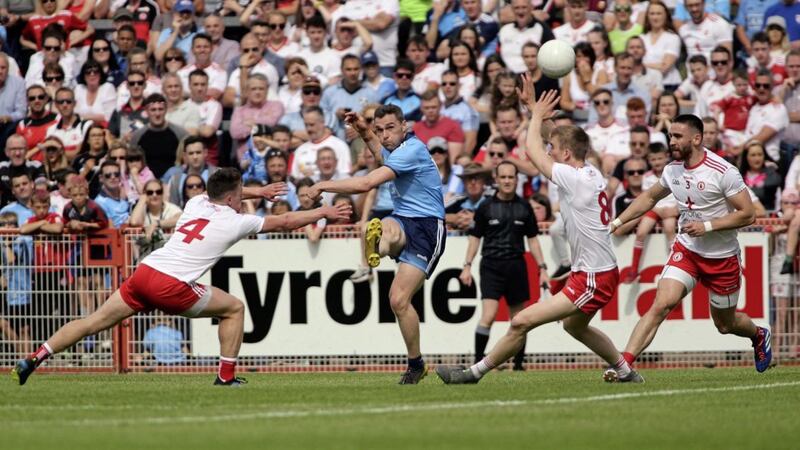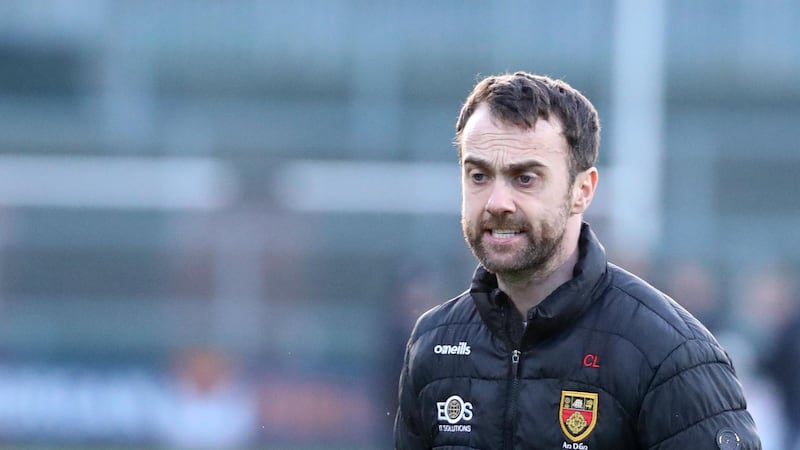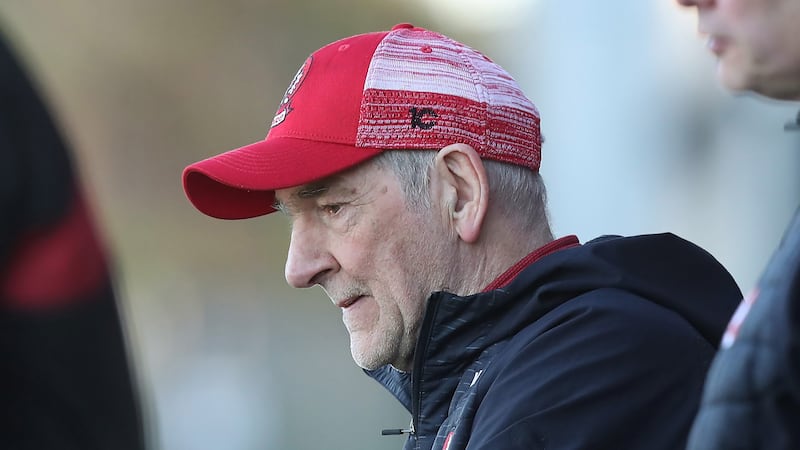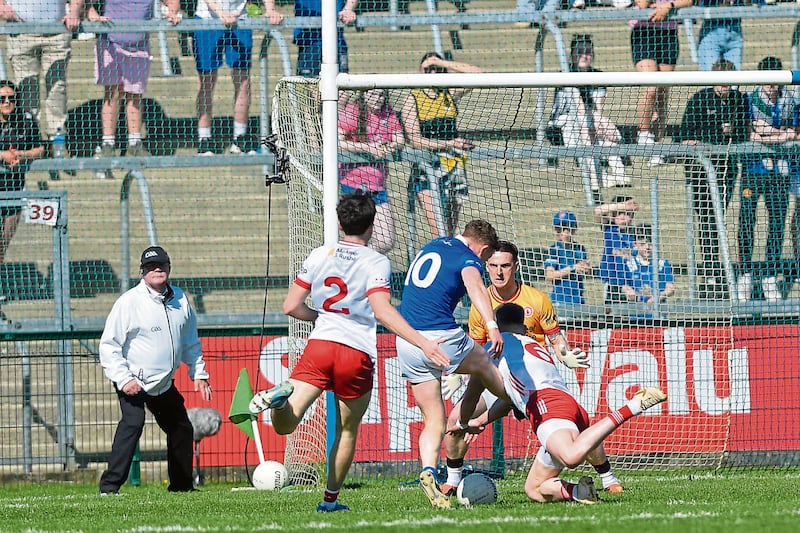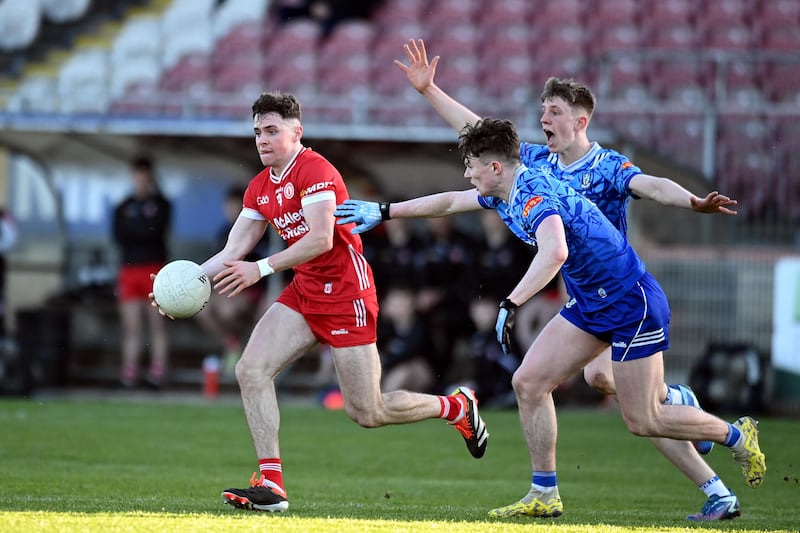MUCH has changed in journalism since I started out – but it was ever thus.
Although my son (influenced by Peppa Pig) asks me about ‘the olden days’, I never actually operated with ‘hot metal’.
Instead, a Stanley knife and glue were the tools of my trade. Sure, Dungannon was a tough town, but I wasn’t a disaffected, disillusioned youth.
Page make-up was quite literally ‘cut and paste’, chopping stories into columns and fitting them around photographs. My cack-handed clumsiness resulted in a few nicks, but at least the glue helped stop the bleeding.
When I came to ‘The Irish News’ thankfully page production was left to experts.
Another relic of journalism past occupied me: the latter part of my evening shifts – always evenings – in the latter part of the week were taken up with ’phone calls relating to team news.
Believe it or not, they weren’t all outgoing calls either; in those olden days some county PROs even called our office to recite the names from one to 15.
My esteemed former colleague Orla Bannon lamented the end of ‘briefs on the back’ long after that prime (in a sporting context) page had adopted a more modern look. Much to her chagrin, there was no place for ticket information and training times.
Team news lasted in that prominent position for many more years, though – but those days are gone, my friends.
‘Team news’ has been killed off by various factors – lack of information, misinformation, websites and social media (including county websites and social media), and an old element: the paranoia of managers.
Yet the ‘tell them nathin’’ attitude has never really protected the vital information of team news from prying eyes. It’s not even necessary to climb a tree to find it out.
One lesson for young journalists: if you want to find out what’s really going on inside the camp of County A, don’t ask anyone connected with the management of County A. Rather, check with someone – anyone – involved with their next opponents.
‘Dummy teams’ might make it into the public domain – and public conversation – via the media but the opposition have never been so easily fooled.
The media have slowly learned that lesson too. Fool me once, shame on you; fool me 673 times, shame on me.
An irony of recent times is that, despite super-fast modern technology, print deadlines have become earlier rather than later (don’t ask…). So even if we got hold of the ‘team’ in time for it to make the paper there wouldn’t be much – if any – consideration given to placing it on the back page.
‘Fake news’ and all that.
It was utterly unsurprising that Tyrone totally transformed their team from the Cork game for the visit of Dublin; and pretty predictable that Jim Gavin would make as many as 13 changes too.
However, such shenanigans amuse rather than annoy me.
The only people who really have a right to complain are the paying public; more specifically, those who buy a match programme. Who wants to spend 10 minutes scratching out some names and scribbling in others, sometimes in pouring rain?
Yet the wait to find out which 15s are actually going to take the field is part of the anticipation and excitement.
I don’t believe that team announcements should be rigidly adhered to – where’s the fun in that?
Guesswork, hunches, informed knowledge are all aspects of assessing who will mark whom, who will play where, and so on.
Besides, given the versatility and adaptability of many modern players, it’s hard to know who will play where – or how they will play tactically – anyway, even if you have been given the true team.
More importantly, and back to the subject of print deadlines, it’s entirely possibly that one or more players could suffer injury or illness between the match programme going to the printers and the game taking place.
There should be legitimate scope for such individuals to be replaced in the match-day 26 – although any such replacement should also have to be officially sanctioned and publicly announced at least four hours before throw-in.
However, to limit tomfoolery, perhaps the GAA could enforce any absence for the following match too, ruling out any player whose name was removed from the squad list at late notice. If they’re really ill or injured that would allow them ample time to recover.
Similarly, any manager who pulls any players out of the pre-match parade, or effects changes to his team shortly before throw-in, should only be able to do so at the cost of the requisite number of substitutions.
The current rule (6.36, fact fans) states that the Team List (with 15 starters and 11 additional panel members) should be with the match referee no later than 40 minutes before throw-in.
I’d suggest that should be increased to an hour, which would be time enough for the opposition to work on their match-ups, for TV to prepare graphics and analysis, and for supporters and reporters to get their heads around the actual teams.
As it stands, if you choose to believe the 15 names given out before the teams actually line out against each other for the ball to be thrown in then you’re the dummy.

